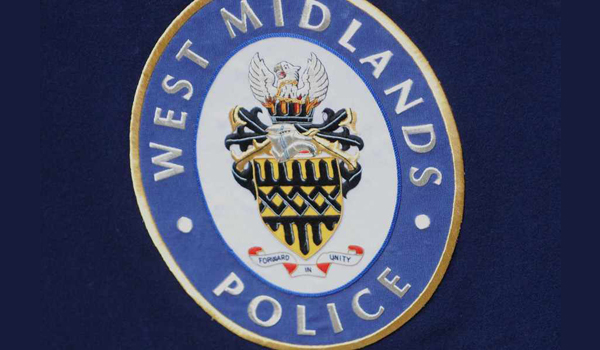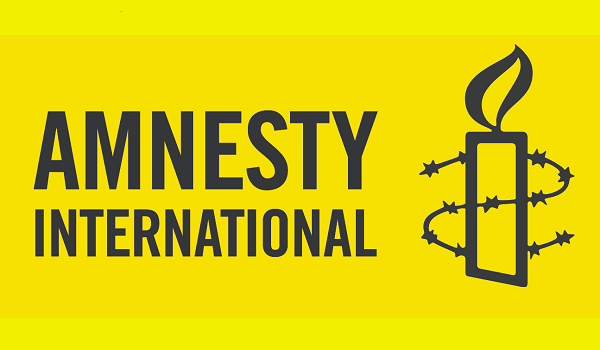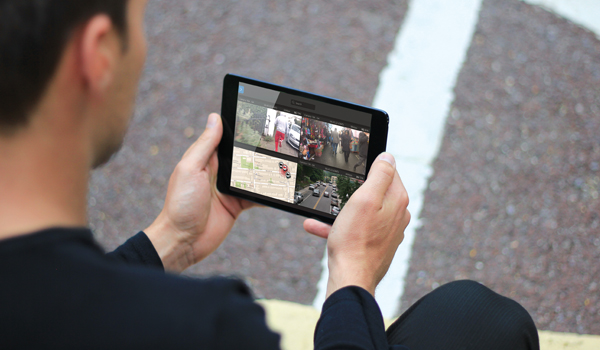Laser scanning helps keep traffic moving for North Yorkshire Police
Laser scanning technology is helping North Yorkshire Police open the countys roads faster following serious collisions, minimising congestion and therefore disruption to other road users.

Laser scanning technology is helping North Yorkshire Police open the countys roads faster following serious collisions, minimising congestion and therefore disruption to other road users.
The RIEGL VZ-400 laser scanner is being used to record essential evidence at the scene. This data is used by collision investigators to produce a virtual 3D reconstruction of the site, including high-quality graphics and detailed plans, for use in subsequent inquiries and court cases.
There are always two aspects of every collision; the scene itself and the detail of the collision including key evidence such as gouge marks, tyre scuffs, scratches, scrapes, debris and of course vehicle position, said Dave Foster, senior collision investigator for North Yorkshire Police. Using the VZ-400, purchased from 3D Laser Mapping, we have experienced at scene time savings of around 40-50 minutes.
We are also achieving efficiency gains back office when analysing the scanned data, continued Mr Foster. Despite collecting literally millions of individual measurements we can easily create line of sight models and move the vehicles to model different elements and aspects of the collision.
North Yorkshire Police purchased the 3D scanner following funding by the Department of Transport, together with National Policing Improvement Agency (NPIA) contributions.
The VZ-400 has been regularly deployed on the countys roads, including at a collision between two motorcycles and a car near Tadcaster, where the collision scene was spread over 150m with multiple approaches, and a head-on collision on a rural road. The scanner has also been deployed on the countys Strategic Road Network with detailed site surveys completed in record time.
The objective nature of the scanned data means we capture every detail of the collision scene, whether it appears relevant at the time or not, added Mr Foster. This means we can replicate impact positions, virtually moving the vehicles in the digital model. We can also interrogate the data to get a better understanding of drivers views, both of the scene and of the other vehicles, at varying stages in the run-up to impact.




